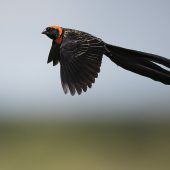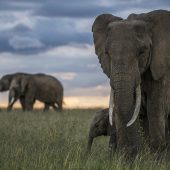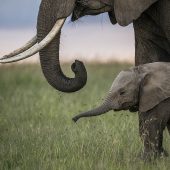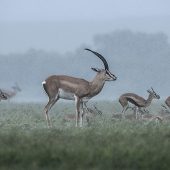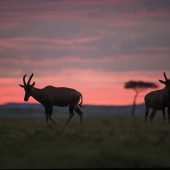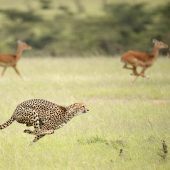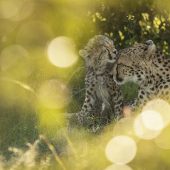This Nikon AF-S Nikkor 180-400mm f/4E TC1.4 FL ED VR lens ($12,396.95) field test is by Kjetil Schjølberg (Instagram) – the pictures were taken with the D850 in Norway and Kenya:
The last ten days I was able to test the new Nikon 180-400mm in a variety of situations. As mainly a wildlife photographer I used it to shoot some local beavers here in Norway, and I brought it along as my only lens for a workshop I led in Kenya. I borrowed the lens from Nikon Nordic NPS, but this is by no means a paid or biased review. I also shoot Canon, Olympus and Sony gear on a regular basis.
I have used both previous Nikon 200-400mm VR versions extensively as well as Canons 200-400, so I was eager to see how this new lens performed with the Nikon D850. Could this be my next wildlife photography-all-in-one travel setup?
First of all the lens is built exceptionally well. It is slightly lighter than the Canon 200-400, and just 150 grams more than the old Nikon 200-400. It is large but will fit nicely in approved carry-on luggage.
While I liked the old 200-400mm a lot (and it is one of the most widely used pro wildlife lenses) it has some issues with soft images at infinity and most important its focus speed never did it for me in terms of fast action/flying birds and so on.
Sharpness/optics
The 45-megapixel D850 sensor demands the best of glass, and the 180-400mm really shines here. It provides pin-sharp images at all focal lengths across the frame and even with converter engaged the sharpness is stellar. I shoot the Nikon 500FL/600FL as well, and while they may be a tad sharper in a lab test; I doubt anybody will ever complain on sharpness even wide open f5.6 at 560mm. It resolves impressively on the D850, but one really has to put attention to technique and shutter speed to get the best out of it. Its “bokeh”, both foreground and background blur is very smooth. Its biggest flaw would be the vignetting at 180mm, but I would not sacrifice focal length flexibility for that. As my subjective finding, I did a quick test on infinity sharpness and it seems way better than the 200-400.
Autofocus speed and handling
I shot quite a few flying birds and shot 4 different Cheetah hunts – mind you at full speed 70 mph. I am quite happy with the results as almost all the critical shots were in focus. I doubt that a telephoto prime would get me any higher keeper rate here. It is quite an improvement over the old 200-400. Focus speed with converter engaged is very quick and accurate. The placement of the converter switch is perfect and can be done without removing your hands (much more ergonomic than the Canon 200-400) I tested VR and it is really impressive. Check out the handheld shot of a Hippopotamus at 1/10th of a second!
The competition
So who would spend 12000 dollars on such a lens and what are the options? A used 200-400mm f4 can be had for a fraction of this price, and the Nikon 200-500mm f5.6 is a real bargain with stellar image quality. I think for most hobbyists and pros such a price may not be justified for a marginal difference in image quality. Also, if birds were my main target I would buy a 600mm F4 FL (or the cheaper 500 FL) for the same price in a heartbeat. However, if you want the best possible image quality in a versatile zoom, very durable build quality, and focus speed on a par with a prime the new 180-400 TC1.4 is IT. In my opinion, the 180-400mm paired with the D850 this lens will provide you the best possible image quality, handling, durability and creative possibilities packed into one package on the market today. It will allow traveling with just one telephoto lens without any significant sacrifice in image quality, and I am sure it will be popular among wildlife and sports photographers despite the price tag.
Poto captions and EXI data: (all shot with D850 and mostly uncropped)
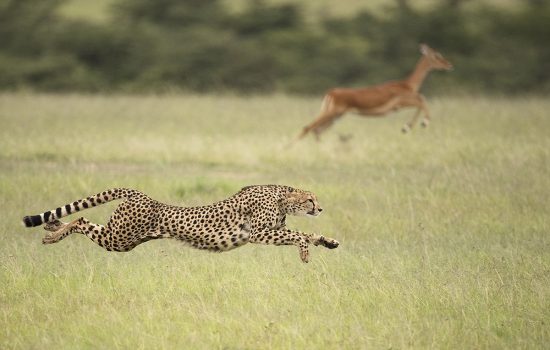
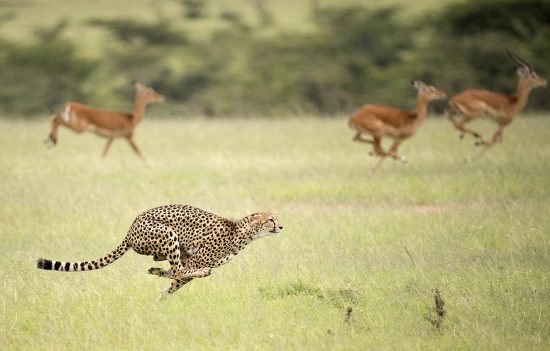
Cheetah hunting at full speed. 70mph and focus tracks beautifully! Shot at 560mm, f5.6, ISO800, 1/4000th. sec
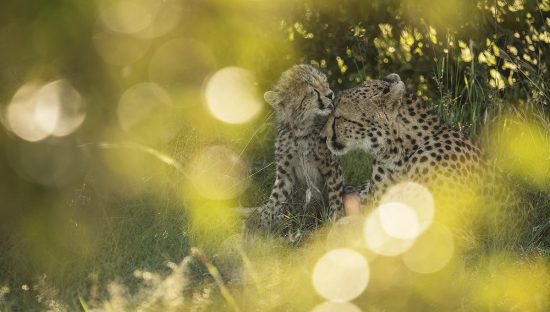
Cheetah mom and cub. Shot through wet foreground foliage. Foreground blur is very smooth for a zoom. 390mm,f5.6, 1/400th sec, ISO400
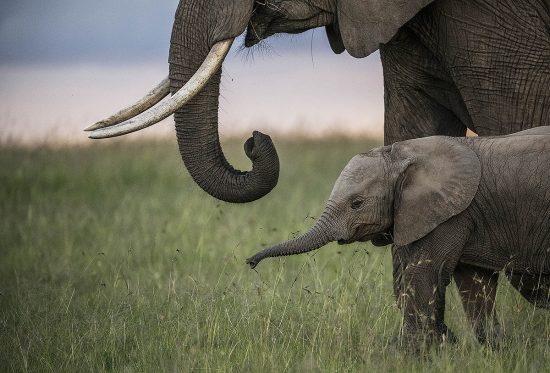
Elephant family shot. The flexibility to frame as you like and shot wide open at f4 with excellent sharpness is just great. 320mm, f4, 1/1000th sec, ISO2000
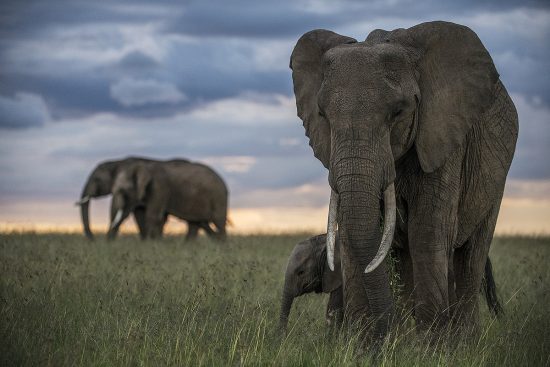
Shot at 180mm, f4,1/2000th. sec, ISO1600,
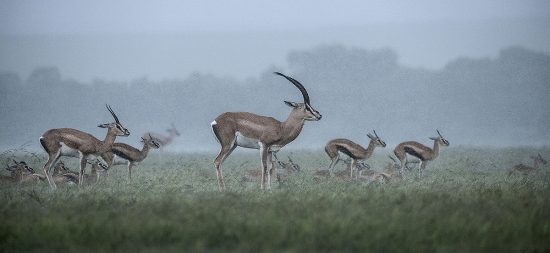
Gazelles shot in a very heavy rain. The 180-400mm offers pro build quality and I was confident to continue shooting even when everything was soaked. 400mm, 5.6, 1/1000th. sec, 1600 ISO

A Hyena and wildebeast pass each other on the savannah. the lens handles backlight very good. Shot at 400mm, f4. 1/400th sec, ISO1250. The dynamic range of the D850 really helps here, allowing for recovering shadows in post!
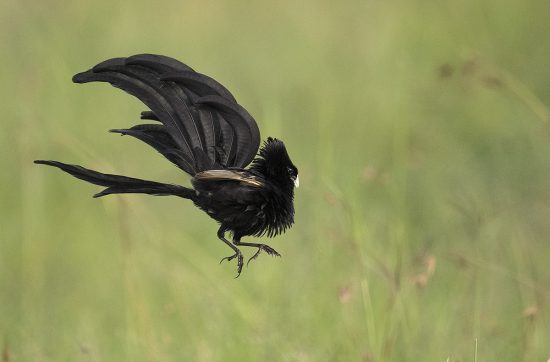
The magnificent Jacksons Widowbird in flight display. These perform aerial displays by jumping 1 meter up from the ground. They will only fully reveal themselves only for a fraction of seconds in the tall grass. It was one of my target shots for this trip, and I was highly impressed with autofocus performance. 560mm, f5.6, 1/3200th sec, ISO1600
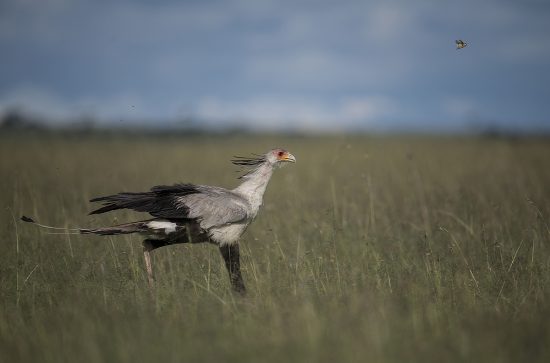
Secretary bird hunting grasshopper (upper right corner) Corner sharpness even with the converter is impressive. 560mm, 5.6, 1/2000th sec, ISO200
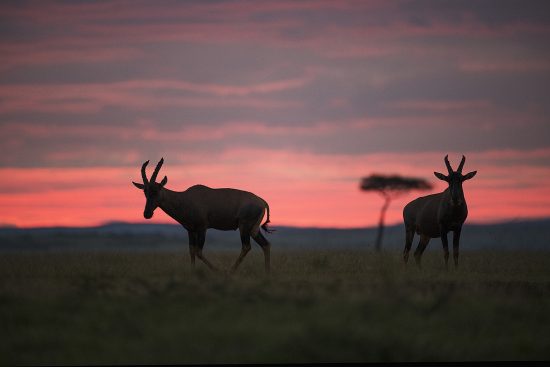
Topi at sunrise, 400mm at f4, 1/200th sec, ISO200. The background rendering of this lens is beautiful.
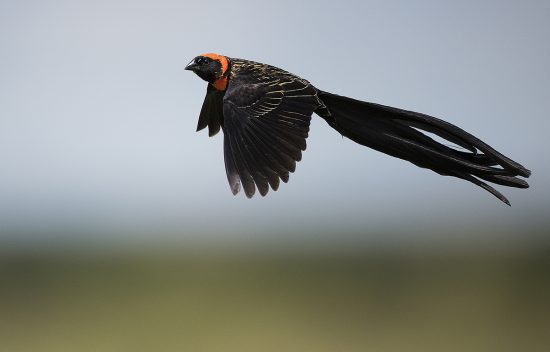
Red-collared Widowbird in flight. Again testing the autofocus at 560mm it proves very fast and accurate even on small birds with little contrast. 560mm, f5.6, 1/8000th, ISO1000
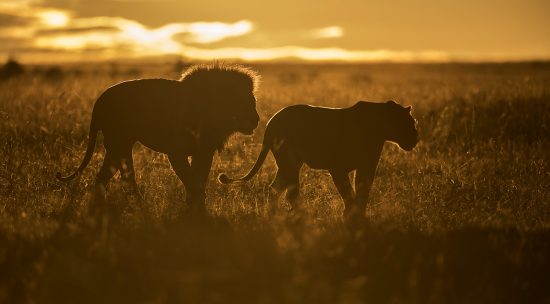
Lions shot straight into the sunrise. Flare is very well controlled and I encountered no issues with flare whatsoever, 400mm, f4 1/2000th, ISO200
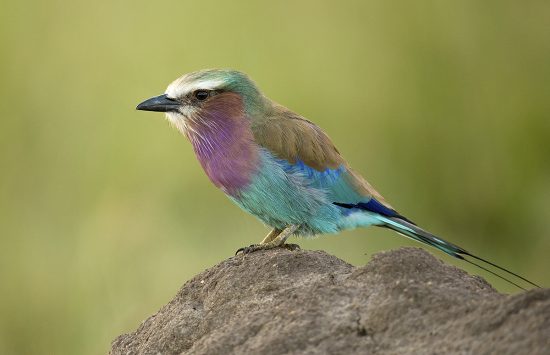
Lilac-breasted roller. Bokeh and sharpness for this kind of shots is comparable to a prime, also this is shot at 1/160th handheld so VR works very efficiently, 560mm, f5.6, 1/160th, ISO800
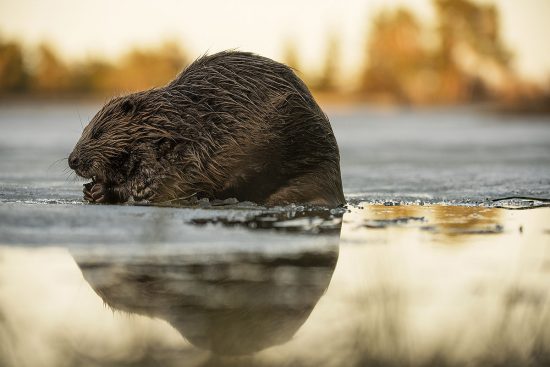
Beaver on ice. Shot at 180mm, for this encounter the flexibility of a zoom helped me frame the animal that actually came to close! 180mm f4, 1/1000th, SIO800
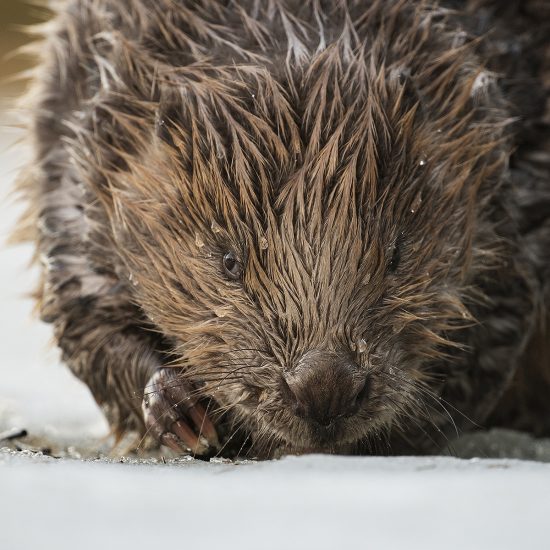
Beaver portrait, Sharpness is stellar. 370mm, f4, 1/250th, ISO800
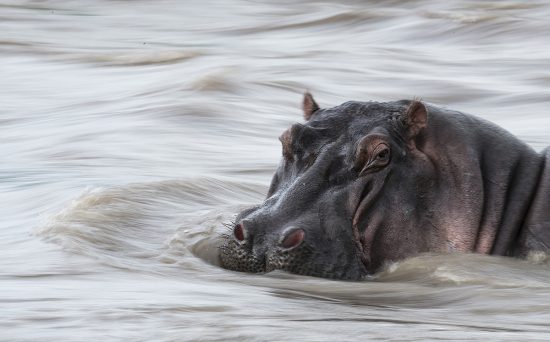
Hippopotamus shot at 1/10th of a second handheld. 420mm, f25, 1/10th sec, ISO64. It was rare to find this animal in a stream like this so the excellent VR allowed med to use long shutter speed to get some blurred water
About the author
Kjetil Schjolberg is a Norway based wildlife photographer with 30 years experience of photographing birds and wildlife all over the world. He also is the owner of one of Norway’s largest independent camera stores (www.stjordalfoto.no) and leads wildlife photography workshops around the world. For more of his photography check out his Instagram @kjetilsc.
If you have an interesting idea for a guest post, you can contact me here.


